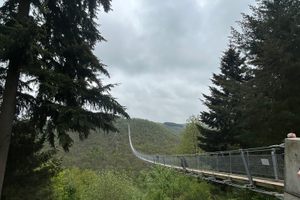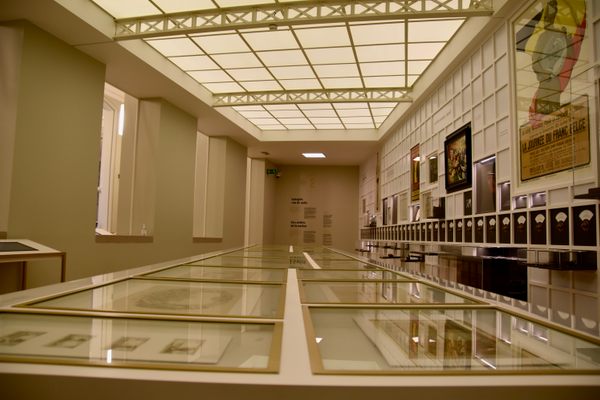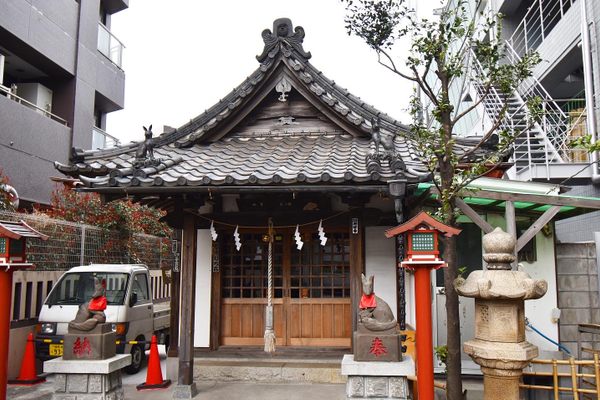About
In 1962 as Russia was installing missiles in Cuba, West Germany was making their own Cold War preparations. Beneath the sleepy village of Cochem Cond, work began on a massive underground bunker hidden behind two innocent looking houses. Locals assumed it was just another nuclear fall-out shelter.
The bunker was actually being constructed by the German Bundesbank. Although the shelter was capable of protecting its staff against nuclear attack, its primary objective was to protect the bank's cash reserves.
The West German government became increasingly concerned that hostile communist states may flood the country with counterfeit banknotes. This would devalue the Deutschmark and destabilize the country's economy as a precursor to an invasion from the East.
So Bundesbank launched a cunning plan. They printed an entirely new secret currency and put them in storage. If Russia and its allies launched an economic attack, the old bills could be withdrawn and new banknotes issued within a matter of days. This would cancel out counterfeit currency.
New banknotes began arriving in 1965. By the time the bunker was retired in 1988, over 15 billion Deutschmarks had been hidden away in the mountain. In the end, West Germany never had a major problem with counterfeit currency and the bills went unused. But for 23 years, the unsuspecting winemakers of Cochem were growing their grapes on the most valuable land in West Germany.
Related Tags
Know Before You Go
The bunker is now open to visitors with daily guided tours. If you don't fancy trekking up Cond mountain, a shuttle bus runs direct from the bus station in Cochem.
Community Contributors
Added By
Published
September 22, 2020























